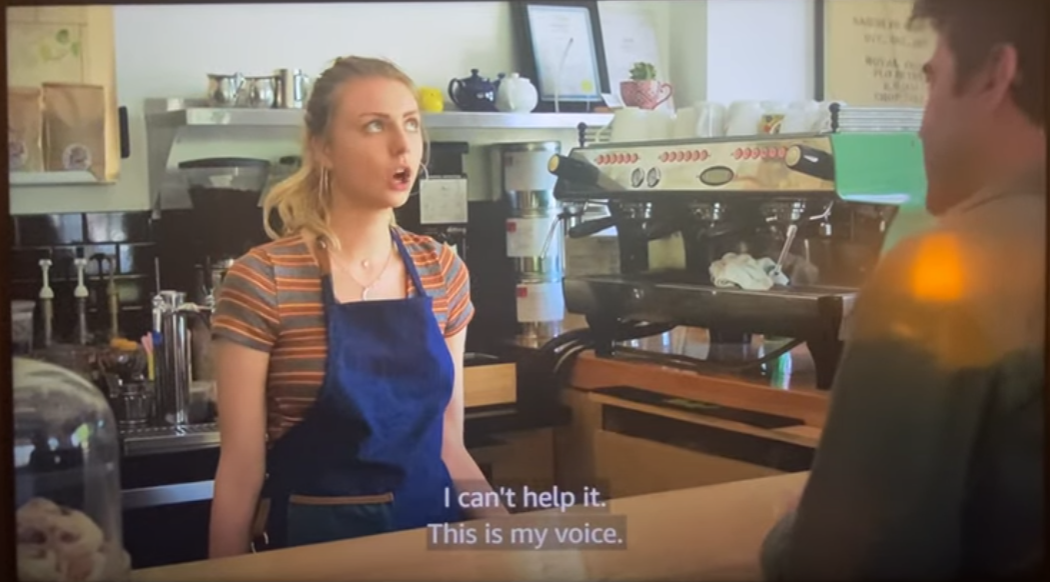The beginning Every morning in the fall of 1997 I would wake up at 6AM and immediately jump out of bed. I went straight to my Fujitsu laptop in the home office, leaving my then-girlfriend sleeping in the bedroom. I didn’t have anywhere to be; nobody was paying me, and this wasn’t for a class.

I’ve always been uncomfortable around historical re-enactors at museums – people who are walking around in period costume while visitors in modern clothes are browsing the exhibits.

I could write – and have written – the past twenty years as a string of successes for my linguistics career: I have presented my work at many conferences on linguistics, digital humanities and literature, in several countries. My pioneering work in computational sign linguistics continues to be cited on a regular basis. In 2008 I was hired to teach linguistics at Saint John’s University, where I developed an introductory linguistics curriculum.

This is the sixth post in a series inspired by Lake Bell’s audiobook chapter “Sexy Baby Voice.” In previous posts last year, I’ve covered the three key features she uses to define this vocal style – bright resonance (which Bell refers to as “high pitch”), creaky voice (“vocal fry”) and legato articulation (“slurring”), and discussed the various ways that we can manipulate our vocal tracts to create or amplify bright or dark resonances.

I’m a regular watcher of Last Week Tonight with John Oliver, so in February I was looking forward to his take on “AI“ and the large language models and image generators that many people have been getting excited about lately. I was not disappointed: Oliver heaped a lot of much-deserved criticism on these technologies, particularly for the ways they replicate prejudice and are overhyped by their developers.

This is the fifth post in a series inspired by Lake Bell’s audiobook chapter “Sexy Baby Voice.” In previous posts I’ve covered the three key features she uses to define this vocal style – bright resonance (which Bell refers to as “high pitch”), creaky voice (“vocal fry”) and legato articulation (“slurring”), and discussed the various ways that we can manipulate our vocal tracts to create or amplify bright or dark resonances.
Recently I’ve written a few posts in response to the notion of “sexy baby voice” in Lake Bell’s latest audiobook.

Recently I’ve written two posts about bright resonance in response to Lake Bell’s audiobook chapter, “Sexy Baby Voice.” Bell describes “sexy baby voice” as having three characteristic features: “high pitch”, “vocal fry” and “slurring.” My first post supported Byron Ahn’s analysis that found that Bell’s “sexy baby voice” samples didn’t have reliably higher pitch than the non-“sexy baby voice” samples, and suggested that she’s probably talking

A few weeks ago I posted about “Sexy baby voice,” the topic of a chapter in Lake Bell’s audiobook about the culture and politics of voices.

I wrote most of this post in June 2022, before a lot of us decided to try out Mastodon. I didn’t publish it because I despaired of it making a difference. It felt like so many people were set in particular practices, including not reading blog posts! My experience on Mastodon has been so much better than the past several years on Twitter. I think this is connected with how Twitter and Mastodon handle threads.

A few days ago, Byron Ahn drew our attention to an excerpt from a new, six-hour audiobook, Inside Voice by Lake Bell, credited as an “actress/writer/director/producer.” Bell is a friend of author and podcaster Malcolm Gladwell, and Gladwell agreed to serve as a kind of sounding board for Bell’s ideas about something she calls “sexy baby voice,” pointing to the voices of Paris Hilton and Kim Kardashian as paradigm examples of it. Gladwell, whose